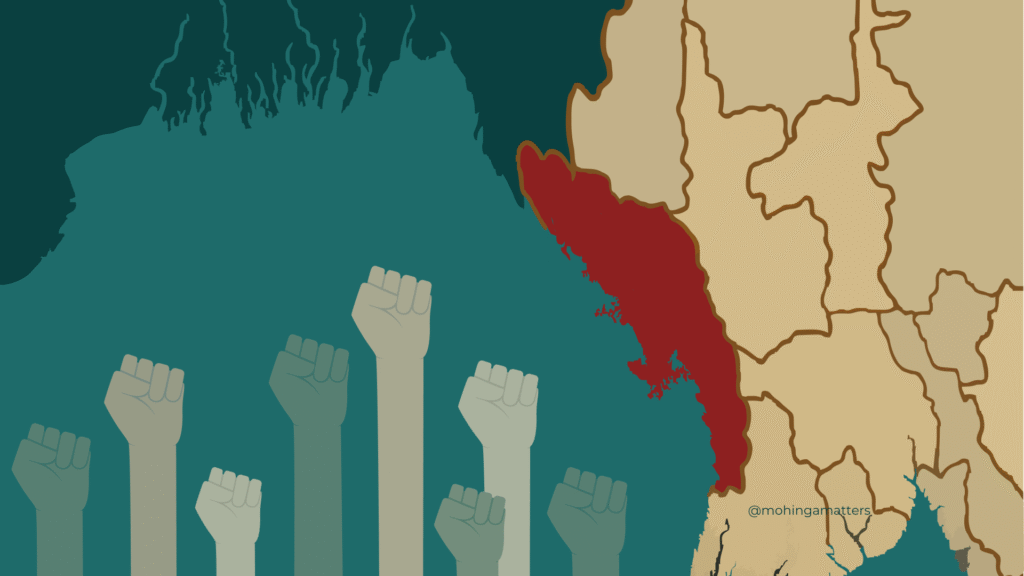
In the international news, Myanmar’s gravest tragedy of the last two decades has not been the 2021 coup, but the Rohingya genocide that unfolded during the democratic transition from 2010 to 2021. Allegations of mass killings and ethnic cleansing began in 2012 and escalated into what international courts now investigate as genocide in 2016–2017. Both the International Criminal Court (ICC) and the International Court of Justice (ICJ) are examining these crimes.
Inside Myanmar, however, the genocide was met with denial or indifference. While few would condone mass killings, the indifference came from receiving a radically different version of events from what the world saw. Back then, Burmese-language media rarely used the term Rohingya, referring instead to “Bengali,” “illegal immigrants” or “boat people”. Most mainstream media portrayed the military (Tatmadaw) as protectors of ethnic Rakhine Buddhists from “Bengali terrorists,” while UN reports and global outlets described the opposite — the military and Rakhine mobs as aggressors. Moreover, the role of Facebook in amplifying hate speech and disinformation has been well-documented, even acknowledged by Meta itself. In this distorted information environment, sympathy for the Rohingya was nearly absent.
From Denial to Sympathy — and to Selective Outrage
The 2021 military coup changed that dynamic. As the junta unleashed violence across the country, many people began to draw painful parallels between their own suffering and that of the Rohingya. For the first time, Myanmar public showed remorse for having ignored or denied the Rohingya’s plight.
Yet for the Rohingyas themselves, life did not improve. Caught between the Tatmadaw and the Arakan Army (AA) — both openly hostile to them — they remained trapped between a rock and a hard place. In the first few years of the coup, Rakhine State saw relative calm, due to the ceasefire between AA and the junta, while war raged on in other parts of the country. That ended in late 2023, when the AA launched major offensives. Within two years, the AA seized most of Rakhine State, leaving the junta in control of only two towns. To the Rakhine people, this is a testament to their bravery and dedication. To many in the revolutionary movement, these gains symbolized the success of Myanmar’s Spring Revolution and the prospect of a federal democratic future.
But for the Rohingya, the AA’s rise has been disastrous.
New Atrocities, Familiar Silence
Over the past two years, credible witness accounts have accused the AA of mass killings, burning of Rohingya settlements including a major town, forced displacement and many other atrocities against Rohingya civilians. UN, Amnesty International, Human Rights Watch, Fortify Rights and many others have all documented abuses by the Arakan Army, alongside those of junta’s forces. Some Rohingya rights organizations now call for ICC investigations into AA leadership, in a similar manner towards the junta and former civilian leaders.
Yet in Myanmar political landscape, to offend the sainted EROs (ethnic revolutionary organizations) , particularly the one as prominent as AA, is taboo. Burmese-language media that routinely cover junta atrocities or People’s Defense Force (PDF) misconduct largely avoid reporting AA abuses. When they do, AA denials often receive more coverage than the allegations themselves. Many outlets simply republish AA press statements, sidelining Rohingya voices and witness accounts.
This selective reporting echoes the moral blindness of the 2010s. Then, most Burmese-language media ignored the Rohingya genocide; today, near total pro-revolutionary national media houses (including those spoke up for Rohingya against junta’s forces before and now) and ethnic-aligned state media outlets (who have ties or reasons to fear the dominant EROs in each areas, and because these EROs are usually AA allies or have no reasons to cross AA for something that does not matter to them as the Rohingyas) and activists fall silent when the perpetrators are the Arakan Army. The echo chamber that once justified the junta military’s actions now shields EROs.
Silence of Those Once Claimed “Silence is Complicity”
This silence is more pronounced than before. During the 2017 genocide, human rights activists dared to speak up. Today, even those voices are being faded. When a coalition of civil society organizations (CSOs) in May 2024 urged the AA to investigate alleged abuses, several groups — including prominent ones like the General Strike Committee — quickly retracted from the statement and apologized to the AA after AA’s pressure. AA’s might has not just allowed success on their own turf but in sponsoring a network of armed groups across the country, and influence over the CSOs and media.
Similarly, activists who once declared standing against genocide during the 2019 ICJ hearings are now conspicuously quiet at a time their voice matter similarly if not more.
All these reflect a deeper problem: that moral principles in Myanmar’s political culture remain conditional — applied only when convenient.
The National Unity Government (NUG), which had initially called for peaceful coexistence in Rakhine, also went silent after the AA rebuffed its statement. It is also noteworthy that NUG, despite its lofty aims of being a national government, has no influence over AA, the same goes towards any other EROs. If that is the federalism we are heading, that would be federalism without democratic norms, and we would just be replacing the authoritarian at national level with state level.
Currently, due to the silence of media and activists in highlighting AA’s role in human rights violations to the Rohingyas, public empathy has become ridiculously inconsistent. Many who expressed solidarity with Rohingyas since 2021 now show anger at the junta’s military’s oppression on them and dismiss or rationalize the suffering at AA’s hands at the same time, even if violations of junta’s forces and AA are being mentioned in the same report.
The Pattern Repeats
For the Rohingya people, this new phase feels like escaping the frying pan only to land in the fire. Some now openly describe the AA as worse than the junta. Whether or not that judgment is fair, it underscores their despair and isolation. The pattern of unchecked power and intimidation is unmistakable.
When any armed group operates without accountability, and when criticism is filtered through partisanship rather than principle, the space for truth collapses. The result is a new cycle of silence and complicity.
The tragedy facing the Rohingya — and the silence surrounding it — is not accidental. It reflects how narratives, power, and selective outrage shape Myanmar’s politics. Each faction, in turn, justifies its own violence or excuses its allies’, framing atrocities as necessary for ethnic liberation or self-defense or federal democracy.
This moral selectivity corrodes the very ideals the Spring Revolution claims to fight for. When atrocities are condemned only based on who commits them, justice becomes just another tool of politics.
Toward Consistency
Until principal-based consistency replaces tribal loyalty, Myanmar risks repeating the same horrors under new banners. The Rohingya, Bamar, Rakhine, Chin, Kachin, Karen, and countless others — all remain trapped in a system that rewards silence and punishes moral honesty.
Standing against genocide means standing against it everywhere, no matter who the perpetrators are. Anything less is mere hypocrisy.

